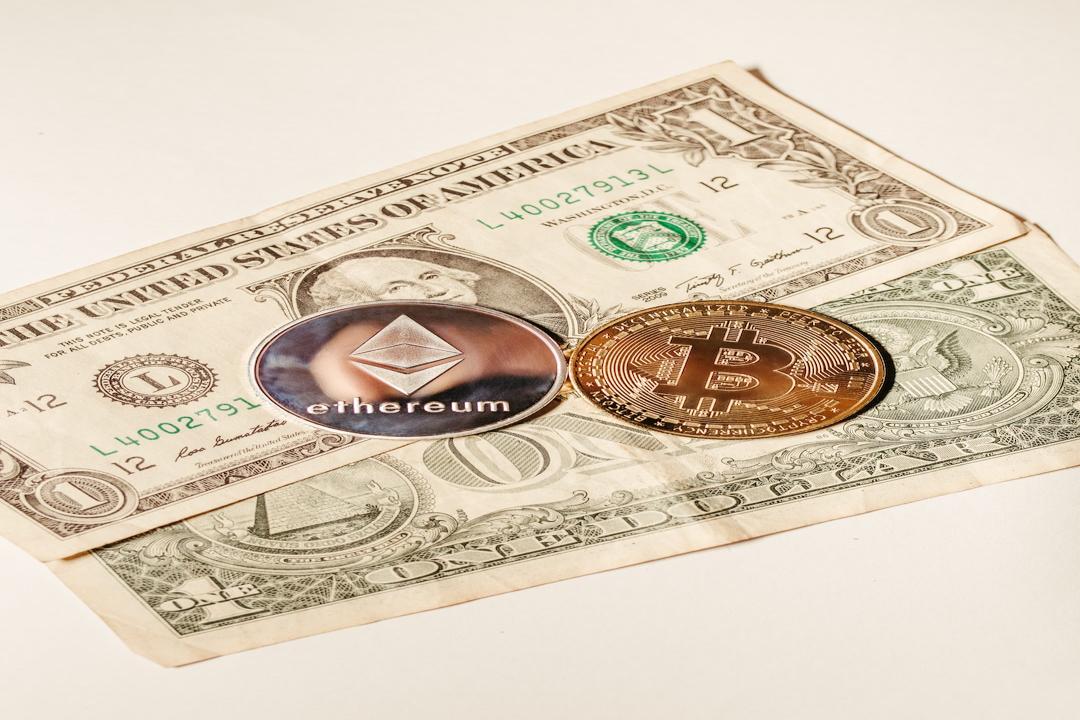Bitcoin (BTC) surged past the $70,000 mark on March 25, signaling a renewed accumulation of BTC and resulting in a nine-year low in Bitcoin supply on Coinbase, one of the leading cryptocurrency exchanges.
According to data from CoinMarketCap, BTC reached $70,000 at 4:47 pm UTC, marking the first time it had achieved this level since March 15. CoinMarketCap also provided a 30-minute chart showing the BTC/USDT performance during this period.
On the supply side, Coinbase reported a record low of 344,856 BTC in reserves on March 18, indicating that investors were once again accumulating BTC off exchanges. The last time Coinbase experienced such low reserves was back in 2015, as confirmed by data provider Glassnode. Glassnode also provided a chart showing the Bitcoin balance on Coinbase.
Furthermore, the total Bitcoin balance in accumulation addresses, which are addresses holding over 10 BTC with no outgoing transactions or ties to centralized exchanges and mining firms, has rebounded to over 3.2 million BTC, approaching a record high. This information was also provided by Glassnode, along with a chart illustrating the BTC total balance in accumulation addresses.
Highlighting the growing accumulation trend, Bitcoin inflows to accumulation addresses reached a new all-time high of 25,300 BTC on March 22, as reported by IT Tech, a verified CryptoQuant author. This suggests that large-scale investors are likely anticipating further price increases after the recent 15% to 20% decline from the all-time high of around $74,000. IT Tech also provided a chart displaying BTC inflows to accumulation addresses.
In total, Bitcoin reserves on all exchanges hit a three-year low of 1.92 million BTC on March 25, as disclosed by CryptoQuant. This indicates that the price of Bitcoin may still have room to rise, considering the historic lows in BTC supply on exchanges and the increasing demand from exchange-traded funds (ETFs), which have already attracted billions in inflows. CryptoQuant also provided a chart illustrating Bitcoin exchange reserves across all exchanges.
It is important to note that this article does not provide investment advice or recommendations. All investment and trading decisions involve risks, and readers are advised to conduct their own research before making any decisions.

